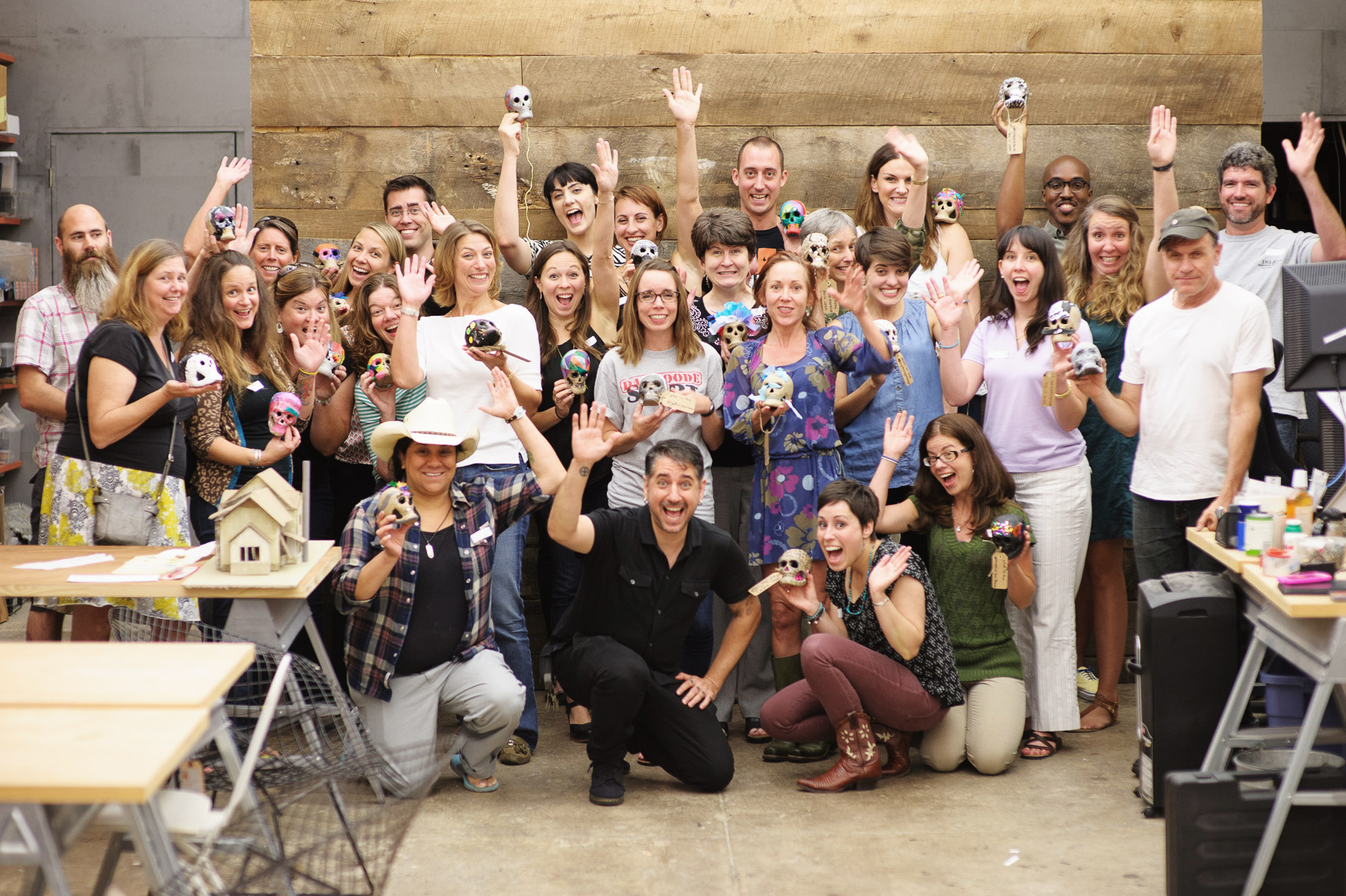We've discovered the perfect recipe for a CEO retreat. It involves four inches of rain, tri-cornered hats and 40 association executives ready to wrestle with big questions.
Earlier this week, I spent two days with a small group of CEOs and leaders from some of Virginia's best associations -- as well as some private industry leaders -- at the Virginia Society of Association Executive's annual CEO Retreat at the Williamsburg Inn in Colonial Williamsburg. A steady, and sometimes torrential, rainfall kept everyone focused on the discussions at hand. And the colonial setting made conversations about revolution feel entirely appropriate.
The idea of blowing up small things -- governance structures, approaches to leadership, programs, membership dues -- came up throughout our time together.
Which made me wonder why so many organizations are reluctant to carve out time to analyze, deconstruct and rebuild key parts of what they do. Everyone in the room intuitively understood the organizational evolution from start-up to growth to maturity to decline -- and the critical importance of reevaluating and reviving before you hit the peak of the S-curve. (Or blowing things up and starting anew.) It's lighting the proverbial fuse that makes people nervous.
As conversations continued, I was heartened to hear a shift in thinking as the ideas began to move toward commitments:
- To explore dramatic reductions in the size of boards to increase organizational agility
- To eliminate oversized events and replace them with more topical and targeted programming
- To ignite new leadership opportunities for employees and members
- To focus on member value at both an emotional and practical level
It's not easy running an association in 2014. Technology, economics, demographics and other critical factors have made everyone's work a little more challenging. Associations have the added struggle of being seen as a "nice to have" for many individuals and organizations who didn't question the value of their membership a generation ago.
It puts the burden squarely on association executives to continue asking important questions about value and relevance -- and periodically getting out of the conversational vacuum to explore change with their peers. Or, heaven forbid, with their members.






























